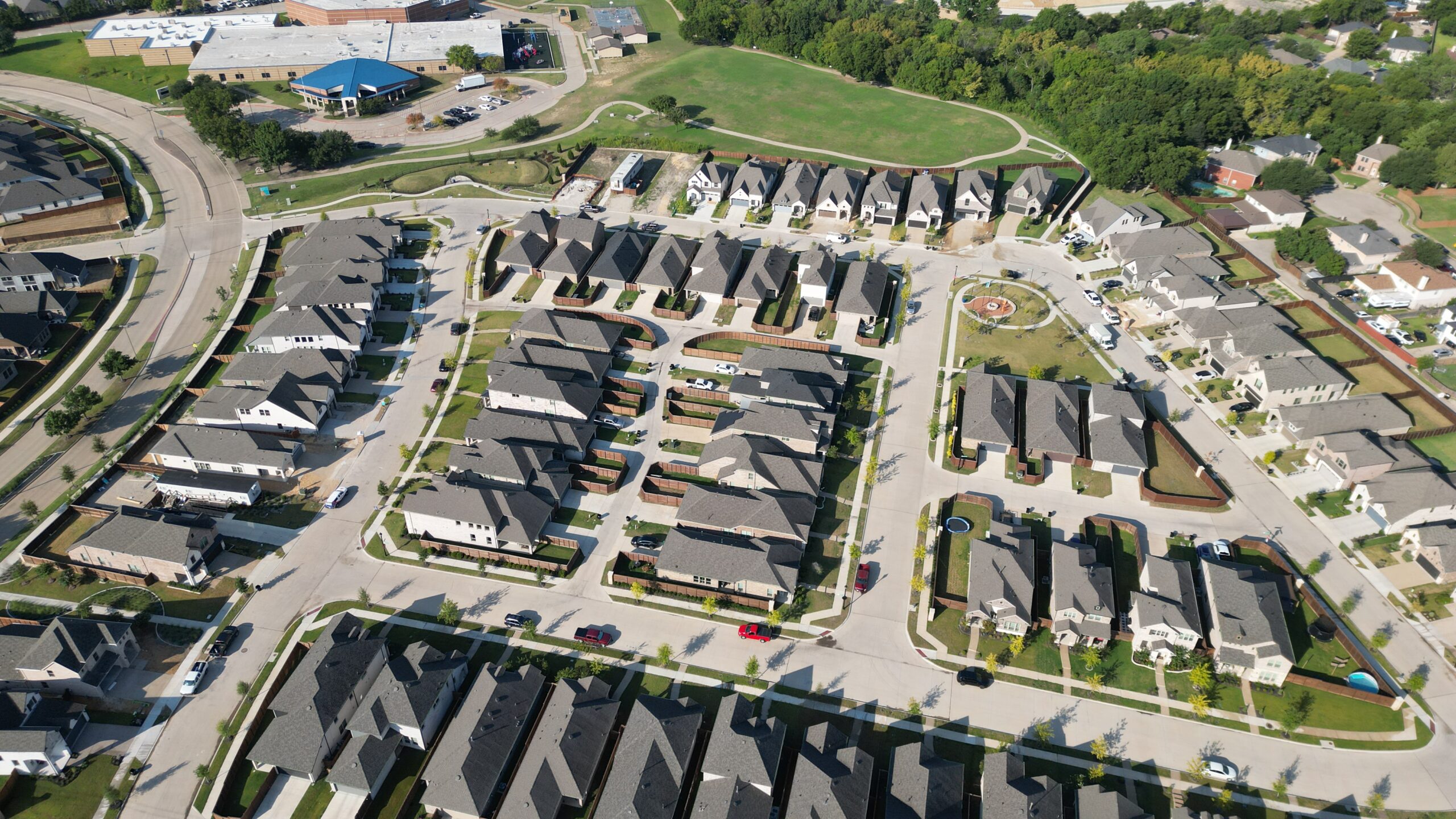
When exploring a new community, you may come across the term Public Improvement District, or PID. While it may sound technical, a PID simply serves as a tool that helps neighborhoods offer enhanced amenities, upgraded infrastructure, and long-term maintenance—benefits residents enjoy every day. Below, we break down the top advantages of living in a community with a PID.
Enhanced Community Amenities
One of the biggest perks of a PID is the ability to fund higher-quality amenities that might not be possible otherwise. This can include beautifully landscaped entrances, neighborhood parks, walking and biking trails, and community gathering spaces. These features elevate the look and feel of the neighborhood and create inviting places for residents to enjoy the outdoors.
Improved Infrastructure
PIDs often help finance major infrastructure improvements such as roads, water and sewer systems, and drainage. Because these upgrades are delivered early in a community’s development, residents benefit from well-built, long-lasting infrastructure that improves daily life and enhances overall safety and convenience.
Faster Community Development
By spreading costs over time, PIDs allow infrastructure and amenities to be built earlier in the development process. This means new communities can come to life faster, giving residents access to parks, trails, and well-maintained streets sooner rather than later. Faster buildout also contributes to a more cohesive, established neighborhood environment.
Lower Upfront Home Costs
Instead of rolling all infrastructure expenses into the price of a new home, PIDs spread those costs over many years through an annual assessment. This structure helps keep the initial purchase price of homes more affordable. For many buyers, spreading out costs makes homeownership more accessible and easier to budget for.
Ongoing Maintenance and Upkeep
Another significant benefit is the ongoing care funded by PID assessments. Neighborhood landscaping, entry features, sidewalks, and parks can be routinely maintained at a higher standard. This consistent upkeep promotes long-term curb appeal and ensures the neighborhood continues looking its best for years to come.
Funds Stay Within the Community
Unlike general taxes that are spent across an entire city, PID funds are dedicated solely to the neighborhood they serve. This ensures that every dollar collected goes directly back into improvements that benefit local homeowners. The result is greater transparency and a direct connection between what residents pay and what they receive.
Final Thoughts
A PID brings long-term value to a community by enhancing amenities, supporting high-quality infrastructure, and providing ongoing maintenance—all while keeping upfront home costs more manageable. For homeowners, these benefits create a more enjoyable living environment and help preserve the overall appeal of the neighborhood.